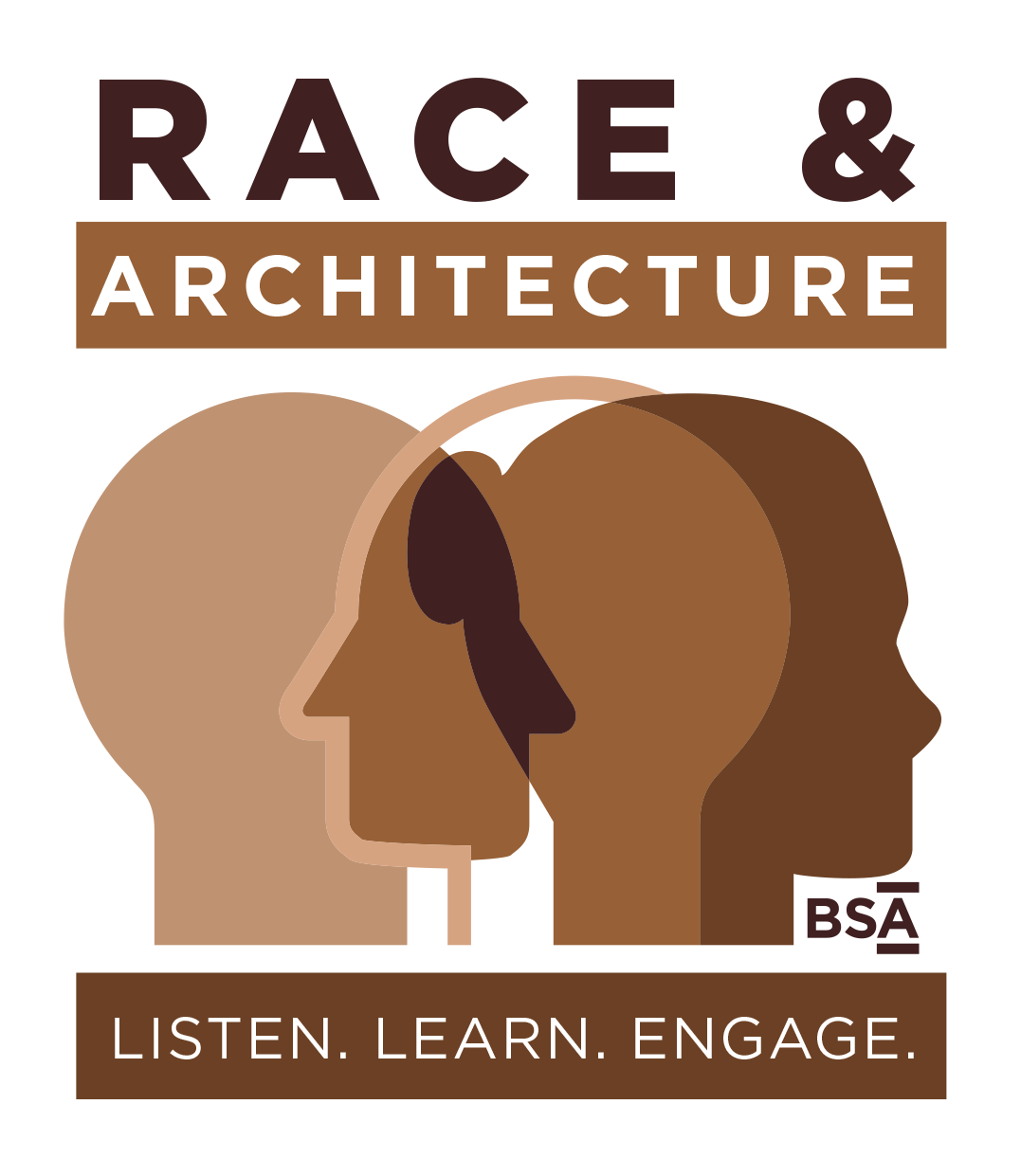The BSA Kicks off Race and Architecture Series with Town Hall

Architects have an influential role to play in dismantling systems of oppression. The architect’s charge is twofold: ensuring equity within the architecture profession and embracing the responsibility of how design itself can be a powerful tool for change.
During the first installment of the BSA’s Race and Architecture series, Black architects discussed their experience in the profession in a town hall hosted by current BSA President Natasha Espada AIA and moderated by BSA Vice-President and President-Elect Greg Minott AIA.
Speakers Susan Blomquist AIA, LEED AP; Calvin Boyd; Perla Durandis; M. David Lee FAIA; and Killion Mokwete RIBA shared their personal experiences from the moment they realized they wanted to pursue a career in architecture to where they are today.
Each speaker offered a distinct perspective and relayed specific moments and experiences throughout their professional careers.
Susan Blomquist AIA, LEED AP stressed the importance of the pipeline from early architecture education, through college, to internships and the workplace. She discussed how many companies are grappling with how to expand access to internships and create a welcoming work environment for Black architects.
Calvin Boyd II shared stories from his experience as a Black architecture student, including the [learned] fear of walking home after late nights in the studio. During one such walk, he was stopped, frisked, handcuffed, and detained at gunpoint by police. Calvin also shared work he’s involved with such as the Design Yard Sale, which raises funds to fight racial injustice and inequality.
Perla Durandis discovered her interest in architecture thanks to the help of a guidance counselor who pointed her to a career aptitude test. Her story illustrated the shortage of resources available to guide young students into the architecture field, as well as the lack of representation for Black architects.
M. David Lee FAIA offered his personal story through his career, along with a history of the intersection of architecture and racial inequity. From the gentrification and the destruction of vibrant communities of color, to civic engagement inspiring community building, architecture has long been wielded as a tool for both reinforcing and dismantling inequality.
Killion Mokwete RIBA provided a data-backed perspective on the systemic issue of inequity throughout the architecture profession. As an architecture student for seven years across three different schools, Killion never once had a Black instructor.
Speakers also presented opportunities to create meaningful change and outlined steps to begin the path forward.
Perhaps M. David Lee FAIA summed up the call to action best:
“Where do we go from here? People of good will are all trying to figure that out. I don’t plan to let perfect be the enemy of impossible. Challenges are broad, ingrained and systematic. No one solution will do. There must be multiple strategies, both short and long term. As Miles [Davis] exemplified, we have to get out of our comfort zones.”
David Lee FAIA: Where We Go From Here
Race and Architecture Town Hall, July 28, 2020
The Town Hall set the stage for the ongoing series, outlining many of the obstacles the architecture profession faces in creating equity and beginning a conversation about actionable steps toward equitable workplaces and design. The series will continue monthly on the fourth Tuesday of every month.
Don't miss the next event, taking place Tuesday, August 25, 2020 at 12:00 PM—Where do we go from here? A conversation with M. David Lee FAIA.
View the full event below.
Race and Architecture Town Hall
Session hosted July 28, 2020
View the full slide deck.

